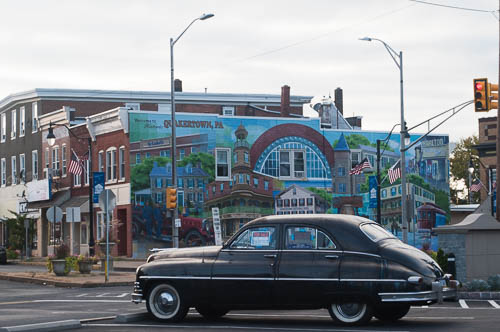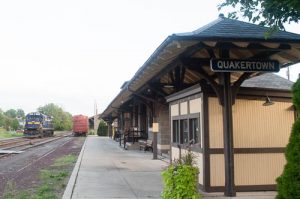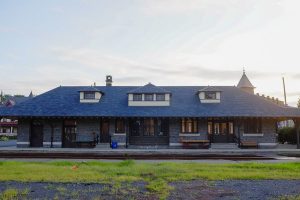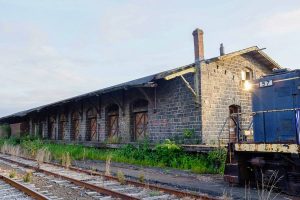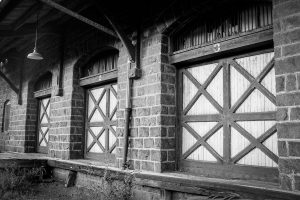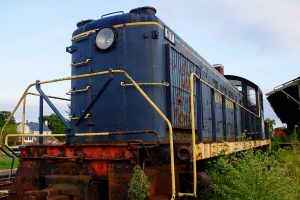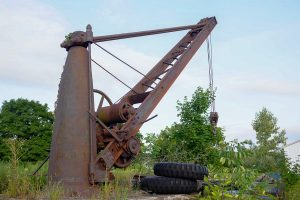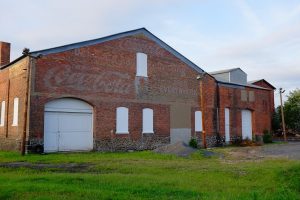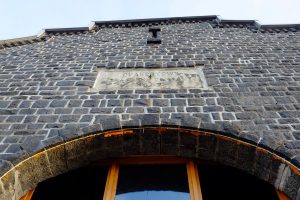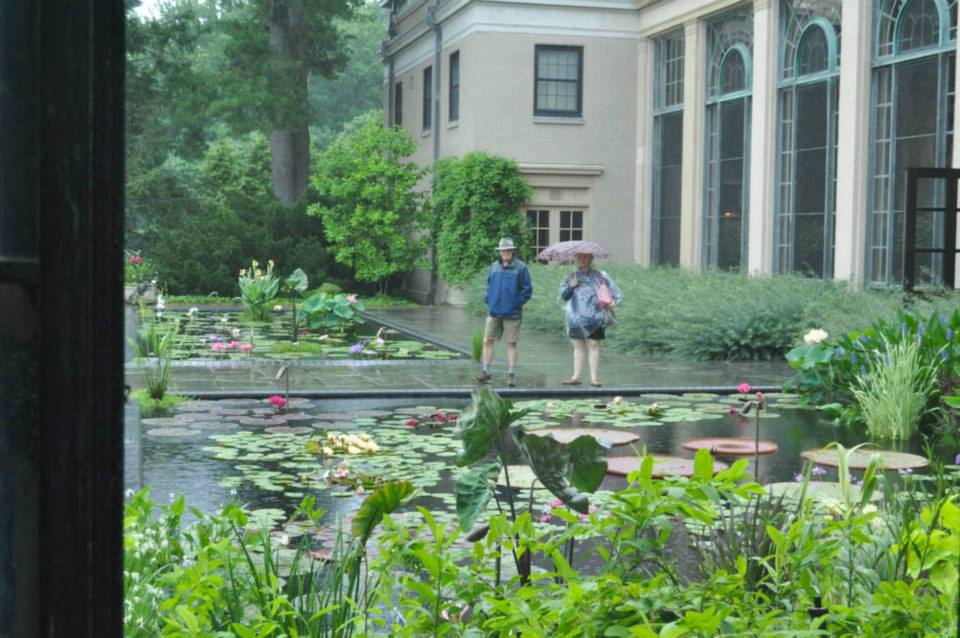
In June 2015, I made my pregnant sister K. take me (and our sister E.R.) to visit Longwood Gardens during a torrential rainstorm.
Longwood Gardens is a botanical garden and conservatory in suburban Philadelphia. (It’s in Chester County, PA.) It originated from Pierre S. DuPont’s estate.
That day’s weather reports for that part of PA – the eastern part – called for several inches of rain. The National Weather Service nailed that forecast! It rained so much that on our trip back from Longwood to my sister’s house, we avoided the PA Turnpike. In fact, we stopped at a Wawa on our trip back. We were the only customers in that Wawa. The Wawa clerk asked us why we were out traveling.
In my prior blog post, I mentioned that on my one visit to Longwood, I liked Longwood’s parking options much better than the parking options at Phipps Conservatory in Pittsburgh.
Longwood Gardens provides free on-site parking. On peak days, they also offer free off-site parking and provide transportation to their Visitors Center. My one visit to Longwood took place on a rainy day without many other visitors. So, we didn’t have to share the parking lot with many other cars.
So, here are my tips for visiting Longwood Gardens on a rainy summer day:
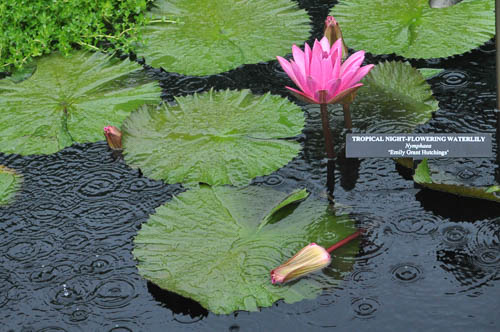
1.) You might see cats, and you might not see cats.
Multiple cats live at Longwood Gardens. During our visit, we read signs alerting us to the existence of the cats. The signs asked us to contact a staff member if we saw any of the cats hanging out in the parking lot. Here’s a link to the website information about Longwood’s Cats. Unfortunately, we did not see any cats during our visit.
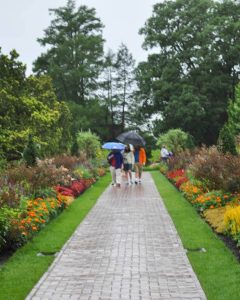
2.) Wear a long, light raincoat and bring a golf umbrella. Resign yourself to getting wet.
Longwood Gardens includes over 1,077 acres of space to visit. We walked in the rain a lot that day, and we didn’t even see all of the outdoor gardens.
I stood in the rain and photographed the outside water lilies and water platters.
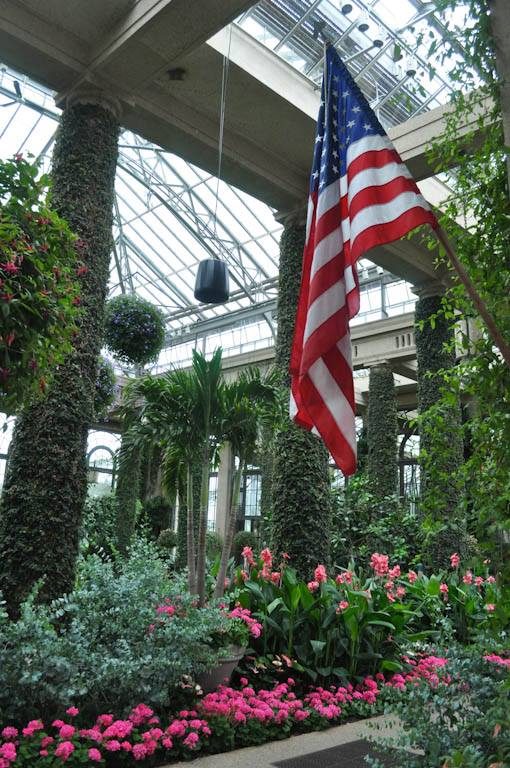
3.) Spend time indoors in the Conservatory.
The Conservatory is the name of the building that includes four acres of indoor gardens in multiple wings.
We still needed to have the umbrellas for our walk from the Visitors Center to the Conservatory.
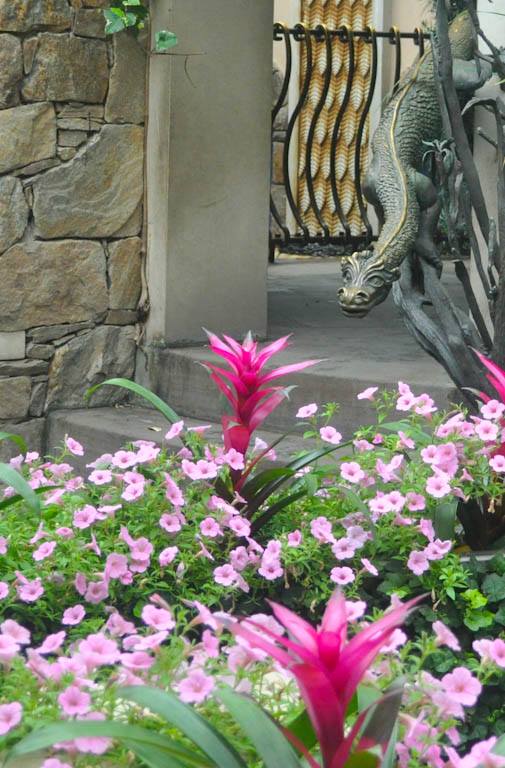
4.) Explore your meal options ahead of time.
Longwood offers a full-service restaurant and a cafe. You can check its website for details about restaurant reservations.
However, we ate at a favorite fast-food restaurant in a local shopping center before we arrived at Longwood.
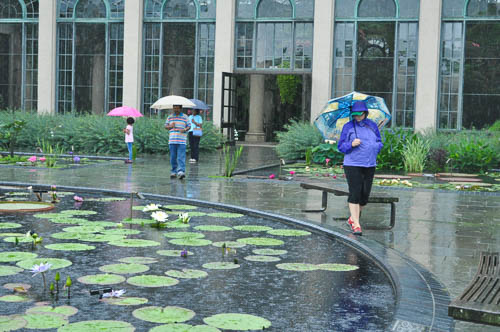
5.) Be prepared to walk a lot.
Longwood does NOT offer any shuttles around the gardens.
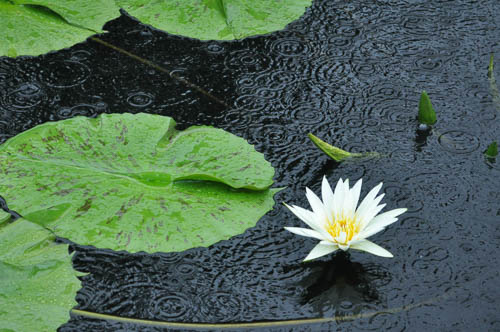
I need to mention that in addition to working cats, Longwood Gardens also has award-winning restrooms.
My sister K. sometimes blogs about restrooms at tourist attractions.
Check out my sister’s blog shout-out to Longwood’s restrooms.
What places do you like to visit in inclement weather? Can you name any tourist attractions that have working cats?
